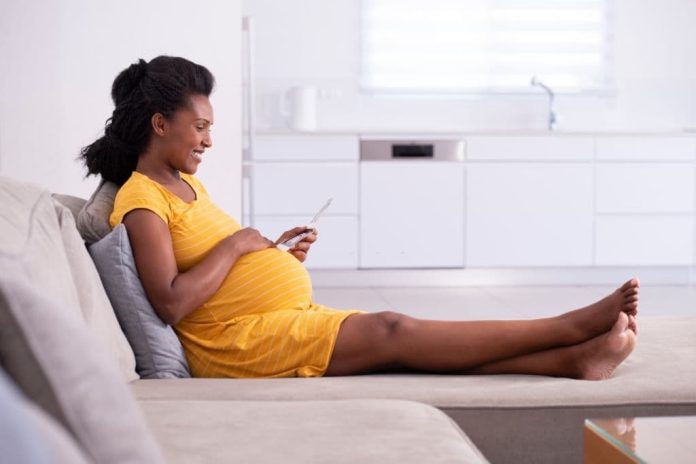Fertility is something most women take for granted. Until they don’t fall pregnant the moment they decide to try for a baby. The reality is, fertility is a fleeting window of opportunity, so it’s important to understand this and not leave trying for a baby until the 11th hour.

The peak productive years for most women are between their late teens up until around 30. Thereafter, fertility starts to decline, and by the time a woman is 35, her chances of conceiving naturally lessen at a rapidly increasing rate. At 45, a woman has almost no chance of conceiving naturally and at this stage, the only option is IVF or similar.
The good news is that it has never been easier to take control of your fertility. Read on to learn more if you are contemplating trying for a baby.
Table of Contents
Education
Fertility is a complex topic. There is a multitude of things that can adversely affect a woman’s fertility apart from her age. These include whether she smokes, her weight, her lifestyle choices, how often she has sex when she has sex, and more.
It pays to be well educated if you want to try for a baby. Take the time to learn more about the best foods to eat, what supplements to take, how to track your fertile window, and more. An online community like AskIris has lots of info on topics such as 23-day cycles, endometriosis, and more. You can sign-up and chat with other women on the same journey as you. Ask questions, learn more about fertility, and share your own experiences.
Visit pregnancy websites and read up on everything to do with fertility. The more educated you are, the easier it will be to identify when you have an issue. Being well informed also makes you a better advocate for your health, which is important if you need to consult with a doctor about conception problems later.
Fertility Trackers
A woman is usually fertile around 12-14 days after the end of her menstrual cycle. However, not all women have a menstrual cycle that runs like clockwork. Some have irregular menstrual cycles that vary from one month to the next. This makes it very difficult to predict when that elusive window of fertility falls, and if you miss it, you will have to wait until the next month, or potentially even longer.
There are various biological signals that predict when a woman is ovulating, such as breast tenderness, a small increase in basal body temperature, and changes to cervical mucus. However, these changes are sometimes so subtle that they are easily missed.
Fertility trackers take the guesswork out of the process. Women hoping to conceive can use fertility tracker apps to monitor their menstrual cycle and accurately predict when they are most likely to be fertile.
Ovulation Tests
Ovulation tests are another useful tool that can help women take control of their fertility. Ovulation kits measure the level of luteinizing hormone in the blood. This hormone is always present, but it increases slightly in the 48-hour window before ovulation. You may need to use these tests in conjunction with a fertility tracker app for best results, but a positive ovulation test indicates it is advantageous to have sex three days later. This will increase the likelihood of falling pregnant.
When to Ask for Fertility Help
Medical experts usually advise women to seek help if they haven’t managed to get pregnant after 12 months of trying. Older women aged 36+ should visit their doctor sooner.
Conceiving doesn’t always happen as quickly as we would like but with a little patience and some practical assistance, chances are you will fall pregnant within a year. Good luck!


